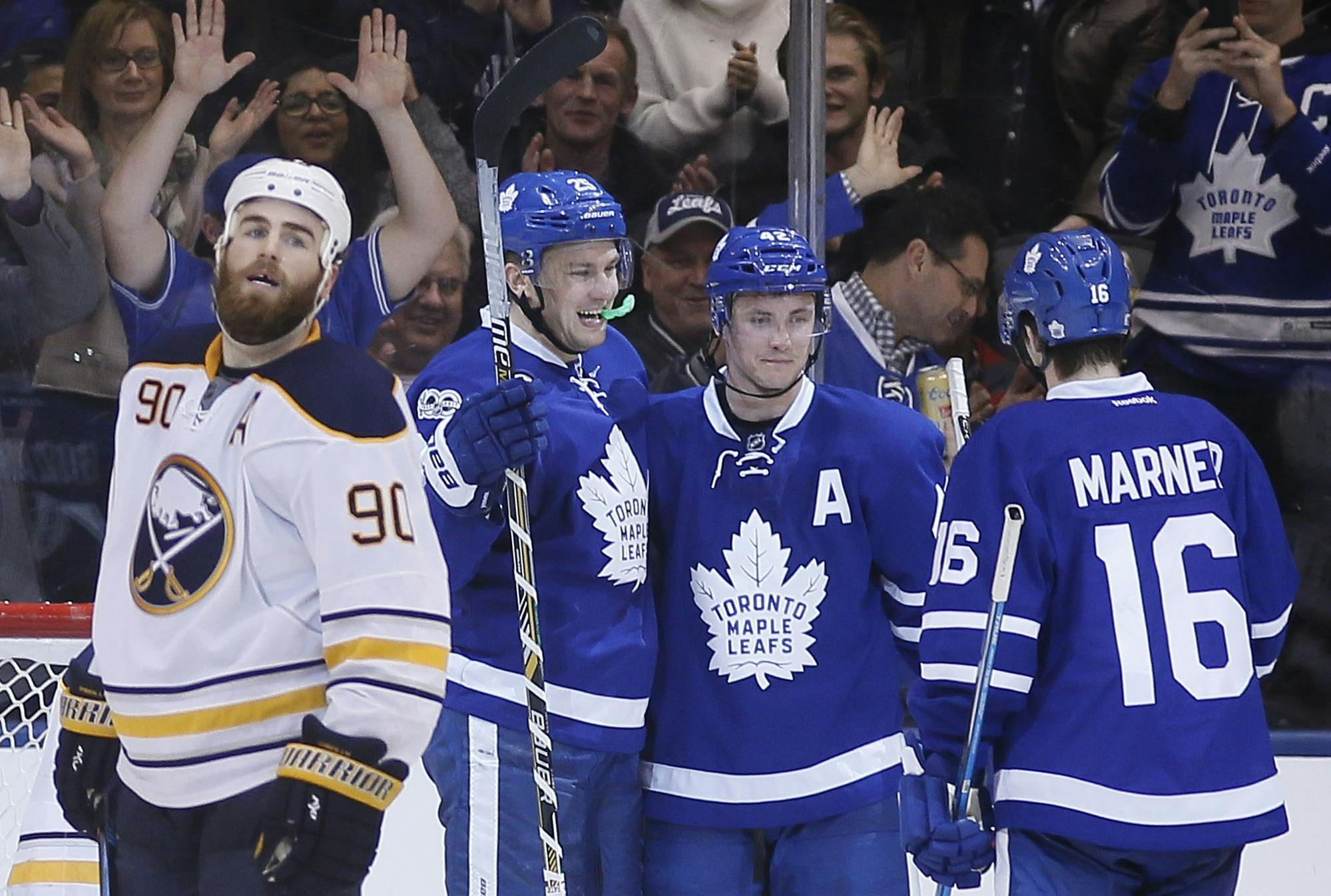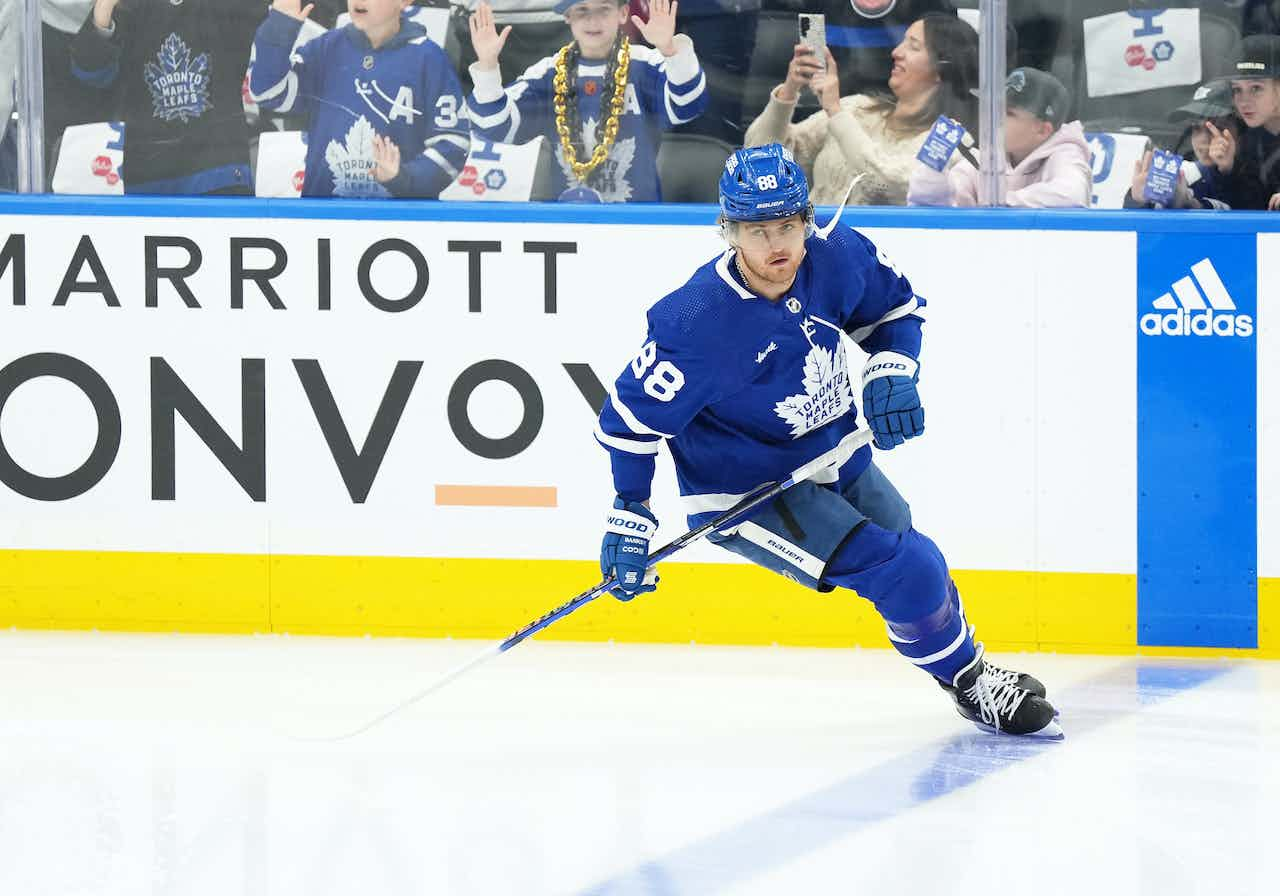Introducing a New WAR model: Part 4 – Extras

By Ian Tulloch
6 years agoThis is the fourth instalment of my 5-part WAR series. Here are the links to the other sections:
- Part 1: Introduction
- Part 2: Shot Impact
- Part 3: Expected Point Production
- Part 4: Extras
- Part 5: Data Release
We’ve talked about Shot Impact and Expected Point Production, which contributes to most of a player’s 5v5 value. Now it’s time to address the other areas of the game that we often forget about when evaluating players. We’re going to start with one of my favourite stats that rarely gets talked about: penalty differential.
Penalty Differential
Players’ ability to draw and not take penalties has been proven to be a repeatable skill (unless your name is Nazem Kadri and the refs turn on you 2016-2017). I’ve found that this is probably the most underrated part of player evaluation, since it’s something that can repeatably drive goal differential, yet we often forget about it. A penalty is worth roughly 0.17 goals, so when you draw a lot of penalties (or take a lot of them), it can really add up. Here’s how we arrive at the number 0.17 by the way:
So calculating this one’s pretty easy. You just take a player’s penalty differential per 60, subtract it by league average for their position, define replacement level, multiply it by 0.17, and boom – you have the number of goals above replacement a player is providing with their penalty differential.
For fun, here’s a look at players with Top 10 & Bottom 10 players in Penalty Differential GAR over the past three seasons (minimum 1500 minutes).




Faceoff Differential
“Faceoffs don’t matter!” – false. “Okay fine, but they’re overvalued!” – by most people, yes, but I have a feeling that the results from this model may surprise some of you. If you take a ton of faceoffs and win most of them (especially on the power play), you’ll be surprised at how quickly it can add up for elite faceoff men like Bergeron.
To determine how much I was going to weight faceoff differential, I turned to one of the leading researchers in sports analytics, Michael Shuckers. In a recent study, he found the number of faceoff wins that were needed to be worth one goal. Here were his findings:

Since Corsica’s faceoff metrics don’t tell us which zone the faceoff was taken in, we’ll just say that a 101.6 faceoff differential at 5v5 is worth 1 goal, and a 40.9 faceoff differential on Special Teams is worth 1 goal. Now all we have to do is define replacement level, and we have the number of Goals Above Replacement players have earned from their faceoff differential.
As a quick aside, I think it’s important to note that you’d need to be really awful at faceoffs to have a negative Faceoff GAR. Even if you’re bad on the draw, the act of playing centre is valuable to a team since it’s such a difficult position. Baseball has positional adjustments in their WAR formula to account for the fact that positions like Catcher and Shortstop are more challenging than others. In a similar vein, I’ve set the replacement level for faceoff ability extremely low so that #MyModel rewards players for logging minutes at hockey’s most valuable position (outside of the crease).
To show you just how valuable an elite faceoff man can be to their team, here’s a look the Top 10 centres in Faceoff GAR over the past three seasons:

It’s worth noting that these aren’t 4th line centres whose only valuable trait is their faceoff ability – those players typically end up having a net negative value. This top 10 is filled with centres who log big minutes, take a ton of faceoffs, and win a lot of them (especially on the power play). What’s interesting is that this doesn’t include 4v5 faceoff wins, since #MyModel doesn’t account for the penalty kill yet. When I find a way to incorporate 4v5 metrics into my formula, you can be sure that most of these players’ Faceoff GAR will be even higher (since faceoff differential is significantly more important on special teams than during 5v5 play).
Power Play Value
When it comes to forecasting power play performance, points actually tend to be an excellent predictor of future success. Thinking about it logically, if a player can consistently rack up points on the power play, their team is going to be scoring a lot of goals on the power play. Although 5v4 shot metrics have predictive value at the team level, points are more repeatable at the player level, so we’re going to rely on them to evaluate players’ PP value.
To determine how much I was going to weight Goals, Primary Assists, and Secondary Assists, I turned to DTMAboutHeart’s work. He used the following weights for his PP model:

I’ve tinkered with these weights to reward players who consistently outperform their Expected Goals metrics on the power play (ie. Ovechkin, Stamkos, Weber). My logic is that if you can consistently beat goalies from distance at 5v4, you’re an extremely valuable asset to a power play. Much like the Steph Curry gravity effect in basketball, it makes your 5-man unit much more difficult to defend; elite shooting ability from distance really messes with a defence’s spacing. To help explain what I mean, check out what happens to opposing defences when they see Steph Curry get to his spot:
They panic. When the defence sees Curry get open, they immediately storm towards him, often overcommitting, which gives Curry’s teammates a ridiculous amount of space to score.
Now let’s switch back to hockey and talk about Alex Ovechkin – the NHL’s version of Steph Curry. His one-timer from distance is so frightening that some teams will literally shadow him for the whole power play, giving Nicklas Backstrom the entire right side of the ice to run a 4-on-3. Although this strategy takes away the best goal scorer of our generation, it gives TJ Oshie an insane amount of space in the slot to tee up one-timers:
Failed to load video.
What’s crazy…is that this might not be so crazy. Ovechkin can beat goalies from distance like no other. To show you what I’m talking about, here’s a list of the Top 10 forwards and defencemen at outperforming their Expected Goals at 5v4 (after regressing for small samples).


Ovechkin’s in a class of his own when it comes to his shooting ability on the powerplay, and that matches our eye-test. When he gets the puck in his wheelhouse, it’s game over:
Mute the music if you have to, but watch the video…it’s ridiculous
Failed to load video.
Now, Ovechkin’s a freak and by far the best at this skill that I’m trying to describe, but I just had to use him as my example. The point I’m trying to get at is that being able to consistently beat goalies from distance is valuable to a powerplay unit.
In the early stages of my PP formula, I only used weighted Points (Goals & Assists), but Ovechkin ended up being mediocre in the metric because his value came mostly from 5v4 Goals, which aren’t as repeatable as 5v4 Assists. So I decided to include shooting talent to properly reward elite shooters like Ovechkin/Tarasenko/Stamkos/Weber/etc for their ability to consistently outperform their Expected Goals. Not only does their shooting ability help their power play by scoring, but the spacing that it provides will help the other 4 skaters on the unit generate more chances as well.
To give you an idea of the final result, here are the Top 30 Forwards and Defencemen over the past 3 seasons:


That wraps up the components of my formula. Be sure to check out the final instalment of my WAR series, where I publicly release the data and explain the best way to go about using it!
Recent articles from Ian Tulloch





